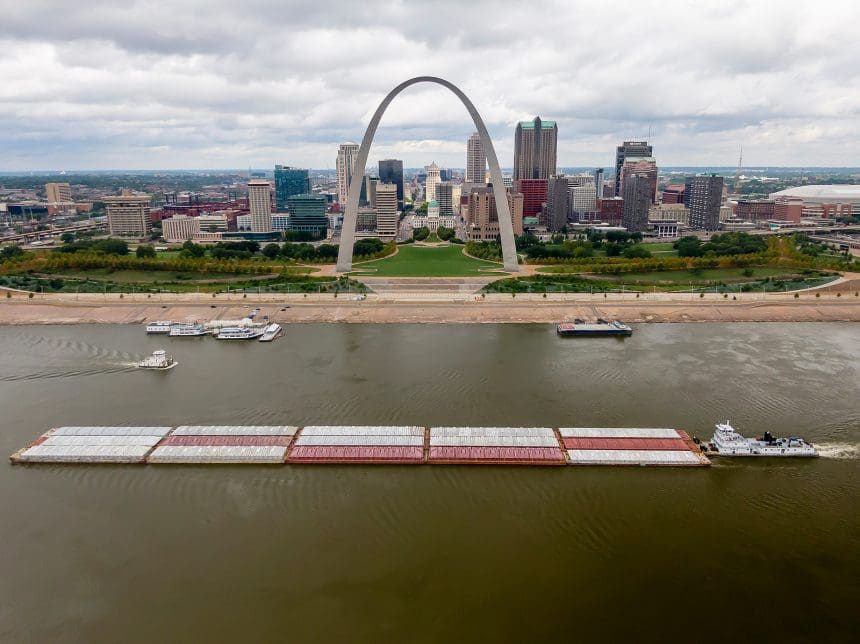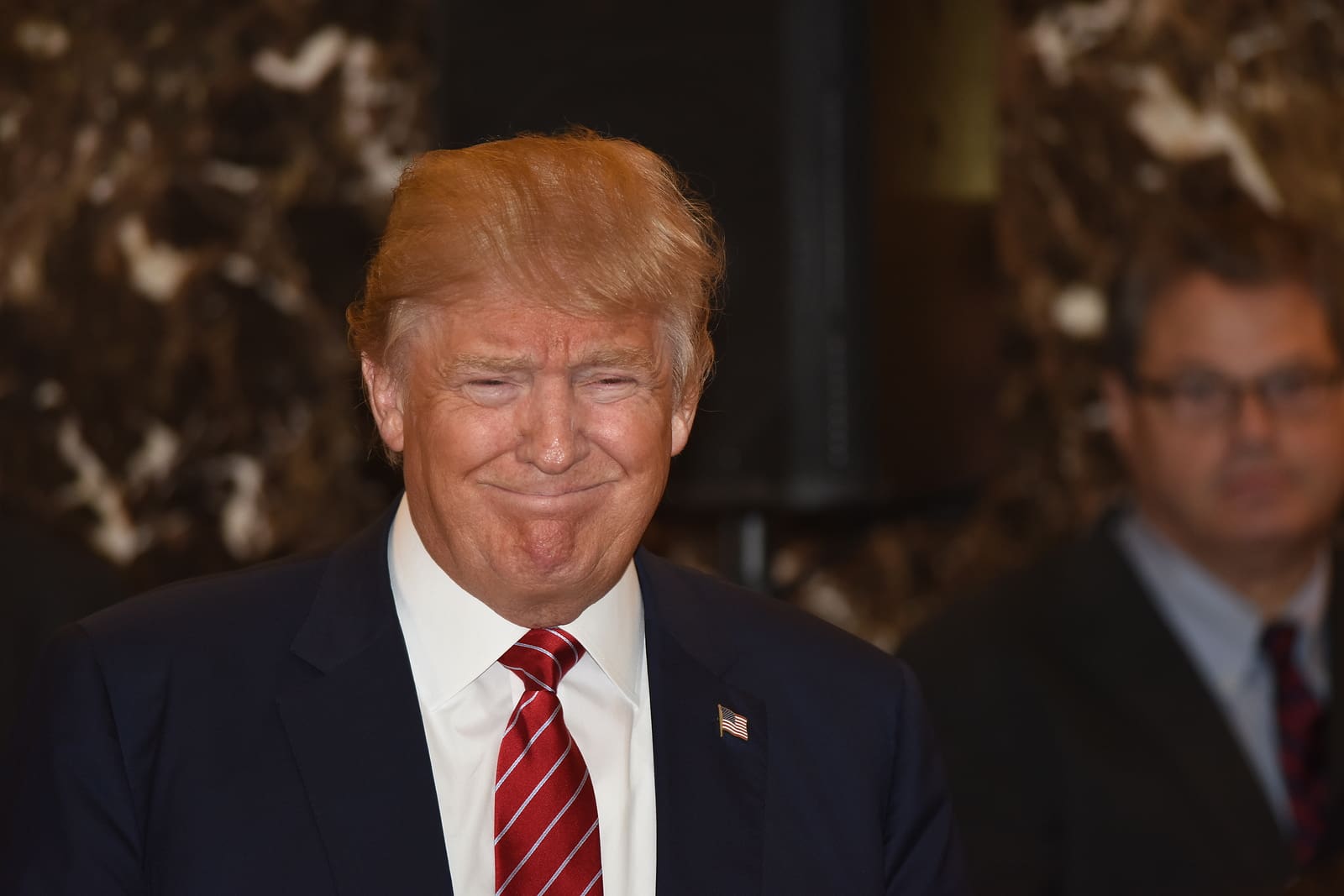St Louis, Missouri: An In-Depth Guide to Its History, Neighborhoods, and City Government
Introduction: A River City With a Distinct Identity
ST. LOUIS, MO (STL.News) St Louis, Missouri, sits on the western bank of the Mississippi River, just south of where it meets the Missouri River. Known for its iconic Gateway Arch and deep historical roots, the city blends Midwestern charm with a cosmopolitan spirit. St Louis is unusual in the United States because it functions both as a city and as its own county, giving it a governmental structure, unlike most other American municipalities. This combination of history, architecture, culture, and political uniqueness makes St Louis a fascinating subject for residents, visitors, and students of civic life alike.
The Founding and Early Growth
The Birth of a Settlement (1764)
St Louis was founded in 1764 by Pierre Laclède and his stepson Auguste Chouteau. They chose a location on a high bluff overlooking the Mississippi River, offering both safety from floods and an advantageous position for fur trading. The area was originally under French control, then briefly under Spanish administration, but French-speaking traders remained central to its identity.
Becoming Part of the United States
In 1803, the Louisiana Purchase transferred St Louis to U.S. control, opening the way for rapid American settlement. Its riverside position made it a departure point for expeditions, traders, and settlers heading west. The city’s importance as a trade and transportation hub grew steadily through the 19th century, fueled by riverboats and later by the railroads.
The “Great Divorce” and Governmental Independence
In 1876, St Louis voters approved a historic separation from St. Louis County—a move remembered locally as the “Great Divorce.” This decision made St Louis an independent city, meaning it would manage both municipal services and county-level responsibilities. Disputes over taxes, political representation, and differing visions for urban and suburban growth drove the split. Today, St. Louis remains one of the few independent cities in the United States, a status that shapes everything from its budgeting process to its political structure.
St. Louis on the World Stage
The 1904 World’s Fair
In 1904, St Louis hosted the Louisiana Purchase Exposition—better known as the World’s Fair—celebrating the 100th anniversary of the Louisiana Purchase. Spanning more than 1,200 acres in Forest Park, the fair showcased art, technology, and international exhibits. It left behind cultural institutions such as the Saint Louis Art Museum and inspired city pride that still lingers today.
The 1904 Summer Olympics
That same year, St Louis became the first U.S. city to host the modern Olympic Games. Events were held at Washington University’s Francis Field, marking a milestone in American sports history. Although the grandeur of the fair overshadowed the Games, they set the stage for the city’s long association with athletics.
The Gateway Arch and Mid-Century Renewal
In the mid-20th century, St Louis embarked on a bold project to revitalize its riverfront. Architect Eero Saarinen’s stainless steel Gateway Arch—completed in 1965—became a symbol of the city and of America’s westward expansion. At 630 feet tall, it remains the tallest monument of its kind in the United States. The Arch, along with the adjoining museum and park, draws millions of visitors annually and serves as a reminder of the city’s role as the “Gateway to the West.”
Neighborhoods and Community Fabric
A City of 79 Neighborhoods
St Louis officially recognizes 79 neighborhoods, each with a unique history and personality. From the historic brick buildings of Soulard to the bustling dining scene of The Hill, the neighborhoods create a mosaic of cultures and architectural styles. Cherokee Street serves as a hub for Latino businesses and vintage shops, while the Central West End blends stately homes with trendy cafes.
Historic and Cultural Diversity
Many neighborhoods were shaped by waves of immigration—German, Irish, Italian, Bosnian, and others—leaving lasting imprints in cuisine, religious institutions, and cultural festivals. The result is a city where local identity is often tied to neighborhood pride, and residents work actively through associations to preserve their community’s character.
Economic Overview
St Louis’s economy combines traditional industries with modern sectors:
- Health Care and Life Sciences: Anchored by world-class hospitals and medical schools, this sector fuels both jobs and research innovation.
- Education: Washington University and Saint Louis University attract students and scholars from across the globe.
- Manufacturing and Logistics: The city’s central location and river access support manufacturing, freight, and distribution.
- Tourism and Culture: Free attractions, professional sports, and a vibrant music scene keep St. Louis on the tourist map.
City Government: Structure and Responsibilities
Independent City Status
As both a city and a county, St Louis handles a wide range of responsibilities, including law enforcement, courts, property assessments, public works, and more. This arrangement means that there is no separate county government; City Hall serves as the central authority for both local and county-level functions.
Executive Leadership
The city’s top officials include:
- Mayor – Serves as the chief executive, overseeing departments, proposing budgets, and representing St Louis at every level. As of August 2025, the Mayor of St Louis is Cara Spencer.
- Comptroller – Acts as the city’s chief fiscal officer, safeguarding credit and overseeing financial operations.
- President of the Board of Aldermen – Presides over legislative sessions and collaborates on budgetary decisions.
The Board of Estimate and Apportionment
This powerful three-member body—composed of the Mayor, Comptroller, and Board President—sets the city’s budget ceiling, approves major contracts, and handles significant property transactions.
Legislative Branch
The Board of Aldermen is St Louis’s legislative body. Following a voter-approved reform, the number of wards was reduced from 28 to 14 in 2023, meaning each alderperson now represents a larger geographic area. The board passes ordinances, reviews budgets, and addresses issues from zoning to public safety.
Elections
Municipal elections are held in odd-numbered years, with primaries taking place in March and general elections in April. Special elections are held as needed to fill vacancies.
Public Services and Infrastructure
Transportation
St Louis maintains an extensive road network and is served by Interstate highways I-64, I-44, I-55, and I-70. Public transit includes the MetroLink light rail and MetroBus systems, which connect the city to surrounding suburbs and Illinois communities.
Parks and Recreation
Forest Park is the crown jewel—larger than New York’s Central Park and home to major cultural institutions. The city also maintains dozens of neighborhood parks, sports fields, and community centers.
Public Safety and Courts
The city oversees police, fire, and emergency medical services, as well as the 22nd Judicial Circuit Court. Public safety remains a central issue in city politics, with ongoing discussions about governance and resource allocation.
Civic Engagement and Neighborhood Power
Residents often participate through neighborhood associations, business districts, and local development corporations. These grassroots groups influence zoning decisions, organize events, and advocate for public improvements. The city provides resources for residents to find their ward representatives and get involved in local policymaking.
Challenges and Opportunities
Like many older American cities, St Louis faces challenges, including population decline, infrastructure needs, and debates over economic equity. However, it also has opportunities—such as a strategic location, strong universities, cultural depth, and committed community leadership—that position it for revitalization and growth.
Notable Landmarks and Attractions in St Louis, Missouri
- Gateway Arch – A modern engineering marvel and symbol of westward expansion.
- Old Courthouse – Site of the historic Dred Scott case.
- Forest Park – Venue for the 1904 World’s Fair and home to free museums and a world-class zoo.
- Soulard Farmers Market – Operating since the late 18th century, it remains a hub for fresh produce and local goods.
- The Hill – Famous for its Italian heritage and cuisine.
Visiting St Louis: A Practical Overview
- Best Times to Visit: Spring and fall offer mild weather and a full calendar of festivals.
- Getting Around: While public transit serves many areas, a car can be useful for exploring farther neighborhoods.
- Local Specialties: Toasted ravioli, gooey butter cake, and St Louis-style pizza are must-try dishes.
Conclusion: St Louis is a City Still Writing Its Story
St Louis blends historic significance with modern ambition. Its neighborhoods tell stories of immigration and industry; its landmarks celebrate both local and national history; and its government reflects a rare model of urban independence. Whether you’re standing beneath the Arch, attending a community meeting, or exploring Forest Park, St Louis offers a living lesson in American urban development.
______________________________________________________________________
Appendix: Quick Reference Facts About St Louis, Missouri
A. Key Dates in St Louis History
| Year | Event |
|---|---|
| 1764 | Founded by Pierre Laclède and Auguste Chouteau as a fur trading post. |
| 1803 | Transferred to U.S. control through the Louisiana Purchase. |
| 1876 | “Great Divorce” separates City of St. Louis from St. Louis County, making it an independent city. |
| 1904 | Hosts the Louisiana Purchase Exposition (World’s Fair) and the Summer Olympics. |
| 1965 | Completion of the Gateway Arch, designed by Eero Saarinen. |
| 2023 | Ward reduction from 28 to 14 in the Board of Aldermen takes effect. |
B. Government Structure Overview
- Type: Independent city (performs both city and county functions).
- Executive Branch: Mayor, Comptroller, and President of the Board of Aldermen.
- Legislative Branch: Board of Aldermen (14 wards).
- Fiscal Authority: Board of Estimate and Apportionment.
- Judiciary: 22nd Judicial Circuit Court of Missouri.
C. Geographic & Demographic Snapshot
- Location: Eastern Missouri, along the Mississippi River.
- Coordinates: 38.6270° N, 90.1994° W.
- Population: Approximately 300,000 (city proper); over 2.8 million in the metro area.
- Neighborhoods: 79 officially recognized neighborhoods.
- Metro Area Span: Missouri and Illinois.
D. Major Attractions
- Gateway Arch – 630-foot monument symbolizing westward expansion.
- Forest Park – Larger than Central Park, home to free museums and the Zoo.
- Old Courthouse – Site of the historic Dred Scott case.
- Soulard Farmers Market – One of the oldest continually operating markets in the U.S.
- The Hill – Renowned for Italian heritage and cuisine.
E. Cultural & Economic Highlights
- Key Industries: Health care, education, manufacturing, logistics, tourism.
- Sports Teams: St. Louis Cardinals (MLB), St. Louis Blues (NHL), St. Louis City SC (MLS).
- Cultural Institutions: St. Louis Symphony Orchestra, Saint Louis Art Museum, and Missouri History Museum.
F. Civic Participation Resources
- Official City Website: stlouis-mo.gov
- Neighborhood Profiles: Access ward maps and association contacts via the city’s neighborhood portal.
- Elections: Primaries in March (odd years), general elections in April.
- Public Meetings: Board of Aldermen and committee meeting schedules available online.
G. STL.News Recommended Related Articles
- “Historic Neighborhoods of St. Louis” – In-depth profiles of each of the 79 neighborhoods.
- “How St. Louis City Government Works” – Detailed look at city hall, elections, and public services.
- “The Legacy of the 1904 World’s Fair” – Cultural and architectural impacts that remain today.
- “Gateway Arch National Park: A Visitor’s Guide” – History, architecture, and tips for visiting.
______________________________________________________________________
© 2025 STL.News/St Louis Media, LLC. All Rights Reserved. Content may not be republished or redistributed without express written approval. Portions or all of our content may have been created with the assistance of AI technologies, like Gemini or ChatGPT, and are reviewed by our human editorial team. For the latest news, head to STL.News.






